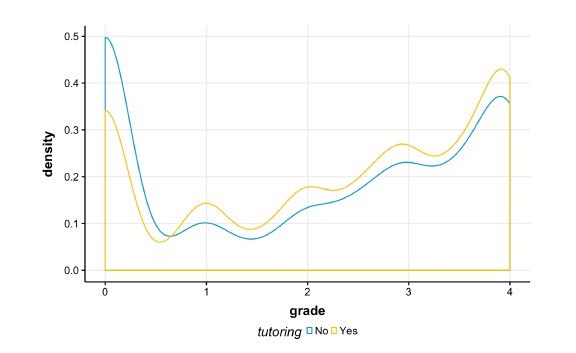In-Person Tutoring at SLCC: Does it Work?
Prepared by Jeff Webb
AAB 355-Q • 4600 S Redwood Road • (801) 957-4110
July 28, 2017
Abstract
SLCC has been offering tutoring services since 1986 when the Learning Center Program was created. In July 2017, this program was reorganized as the STEM Learning Resources department within the School of Science, Mathematics, and Engineering. Online tutoring was first offered as an alternative to in-person tutoring in 2012 but was mostly unsuccessful. In January 2017, the college began offering online tutoring through Brainfuse, which students accessed through their Canvas course pages. In the process of researching the impact of Brainfuse use on student course performance, we considered the impact also of SLCC’s traditional tutoring options. This report summarizes those findings.
Summary of Findings
In person tutoring appeared to help students get higher grades, on average, than they otherwise would have in the courses for which they sought help. The average grade improvement due to tutoring was .22 on a 4 point scale. Thus, we can say that tutoring helped students improve course grades by approximately one grade increment (the difference, for example, between B- and B).

Figure 1. Distribution of course grades by treatment, after matching, fall 2015 - spring 2017. Students who got tutoring (the yellow line) had fewer E and D grades compared to those who did not get tutoring (the blue line) and more grades at the C, B and A levels.
Figure 2. Difference in course grades by treatment and class, after matching, fall 2015 - spring 2017. The error bars represent 95% confidence intervals on the point estimate of the grade difference. The confidence intervals are quite wide. While we can have a lot of confidence in the overall grade difference, we don’t have a lot of confidence in grade differences by class. In large part this is because of low n. The classes with error bars that do not include 0 are ones in which tutoring had a statistically significant effect on grade outcomes (these tend to be classes with larger n), and overlapping error bars between classes—all of them—mean that we cannot say with confidence that tutoring impacted grades differently across classes.
(requires College login)
